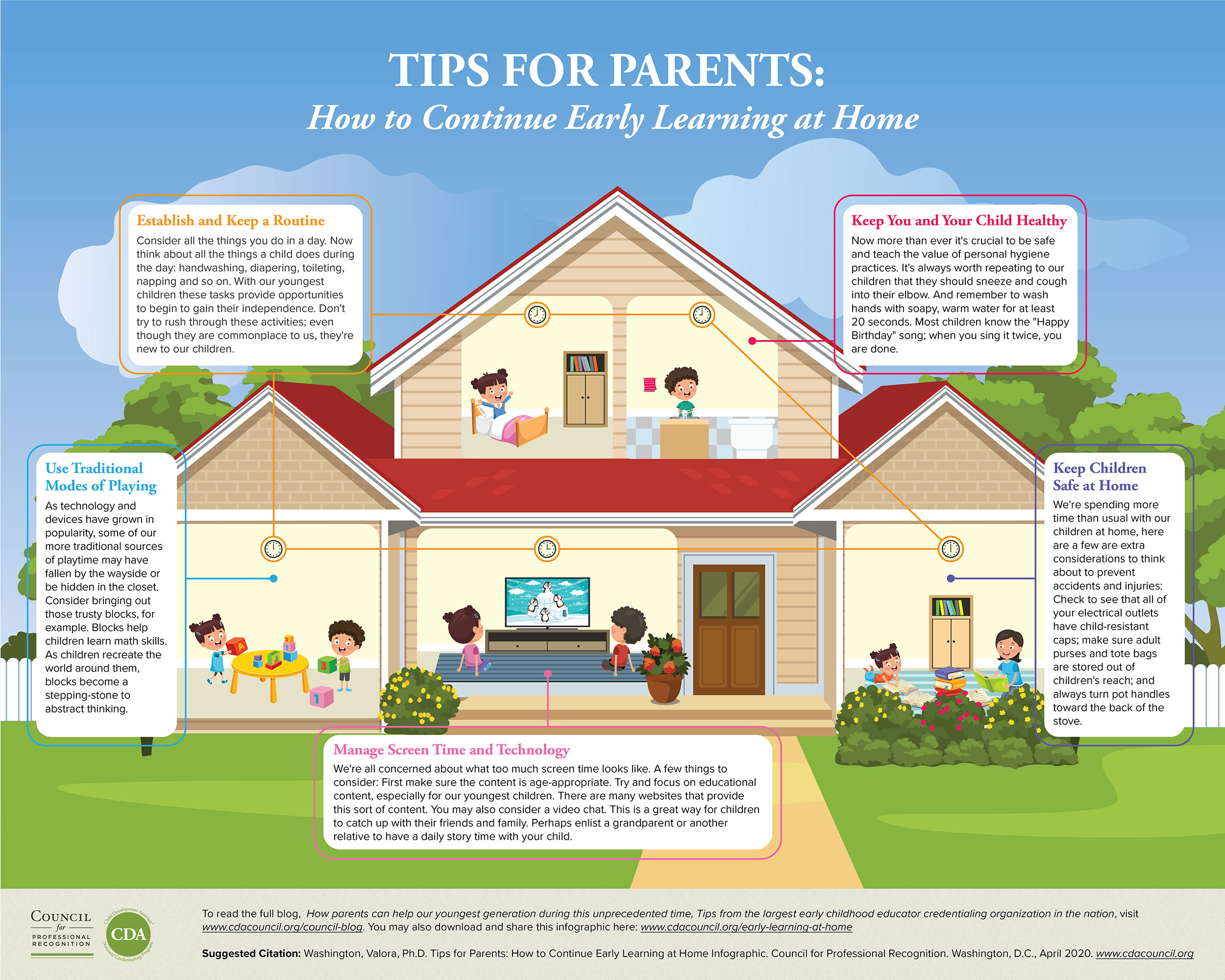As a parent, you want the best for your child. However, sometimes, you may unknowingly engage in negative parenting behavior, which can have long-lasting effects on your child’s emotional and psychological well-being. Negative parenting behavior can include being overly critical, neglectful, or controlling. It’s essential to identify these behaviors to provide your child with a healthy and nurturing environment. In this article, we’ll discuss the negative parenting test, a tool to help you measure your parenting style and identify areas for improvement.
Table of Contents
Understanding the Negative Parenting Test

The negative parenting test is a self-assessment tool that helps you evaluate your parenting style. It consists of a series of questions that assess different aspects of parenting behavior. The test is designed to identify negative parenting behaviors such as yelling, criticism, neglect, and control. By taking the test, you can gain insight into your parenting style and identify areas where you may need to make changes.
The Importance of Positive Parenting
Positive parenting is a style of parenting that focuses on building strong relationships with your child based on trust, respect, and open communication. It emphasizes the importance of nurturing and supporting your child’s emotional and psychological needs. Positive parenting can have a significant impact on your child’s well-being and development. Children who experience positive parenting are more likely to have better mental health outcomes, improved academic performance, and better social skills.
The Negative Effects of Negative Parenting
Negative parenting can have long-lasting effects on your child’s emotional and psychological well-being. Children who experience negative parenting are more likely to develop anxiety, depression, and other mental health issues. They may also struggle with low self-esteem and poor academic performance. Additionally, negative parenting can lead to a strained relationship between you and your child, which can impact their ability to form healthy relationships in the future.
Identifying Negative Parenting Behaviors

Identifying negative parenting behaviors can be challenging, as they may be ingrained in your parenting style. However, by taking the negative parenting test, you can gain insight into your behavior and identify areas where you may need to make changes. Negative parenting behaviors can include:
- Yelling or screaming at your child
- Being overly critical or judgmental
- Ignoring your child’s emotional needs
- Using physical punishment
- Being overly controlling or micromanaging
- Failing to set clear boundaries
- Comparing your child to others
- Using guilt or shame to control your child
Taking the Negative Parenting Test
To take the negative parenting test, find a quiet place where you can focus on the questions. Answer each question honestly and to the best of your ability. The questions will assess different aspects of your parenting behavior, such as communication, discipline, and emotional support. Once you’ve completed the test, review your answers and identify areas where you may need to make changes.
Improving Your Parenting Style

Improving your parenting style can take time and effort. However, by making changes to your behavior, you can provide your child with a healthy and nurturing environment. Here are some tips for improving your parenting style:
- Practice positive communication – Focus on open and honest communication with your child. Encourage them to express their feelings and opinions, and listen actively.
- Provide emotional support – Be there for your child when they need emotional support. Show empathy and understanding, and validate their feelings.
- Use positive discipline – Instead of using punishment or criticism, use positive discipline techniques, such as positive reinforcement and natural consequences.
- Set clear boundaries – Set clear boundaries and expectations for your child’s behavior. Be consistent and firm in enforcing them.
- Model positive behavior – Be a positive role model for your child. Show them how to communicate effectively, solve problems, and handle difficult situations with grace and patience.
- Take care of yourself – As a parent, it’s essential to take care of yourself so that you can be there for your child. Make time for self-care activities, such as exercise, meditation, or hobbies.
- Seek support – Parenting can be challenging, and it’s okay to seek support from others. Join a parenting group, talk to a therapist, or seek advice from other parents.
Conclusion
In conclusion, the negative parenting test is a valuable tool for parents to assess their parenting style and identify areas for improvement. Negative parenting behavior can have long-lasting effects on your child’s emotional and psychological well-being, making it essential to identify and address these behaviors. By practicing positive communication, providing emotional support, using positive discipline, setting clear boundaries, modeling positive behavior, taking care of yourself, and seeking support, you can improve your parenting style and provide your child with a healthy and nurturing environment. Remember that parenting is a journey, and it’s okay to make mistakes and learn from them. learn about Finding Joy in Parenting: Lessons from the Parental Guidance Cast





